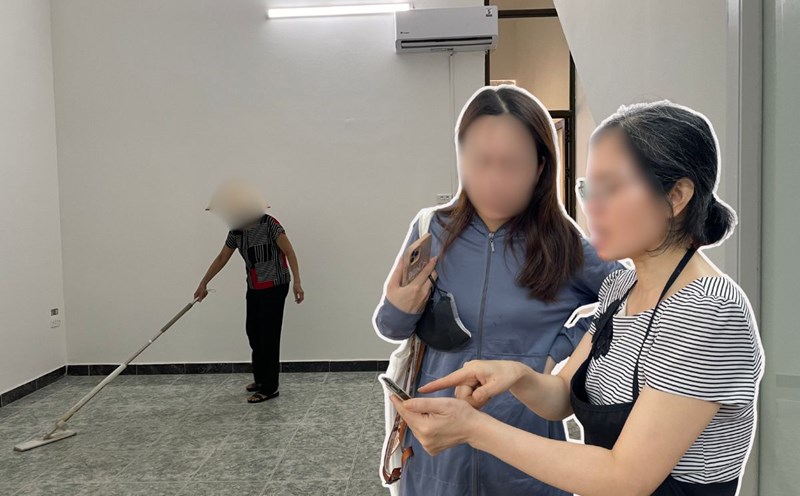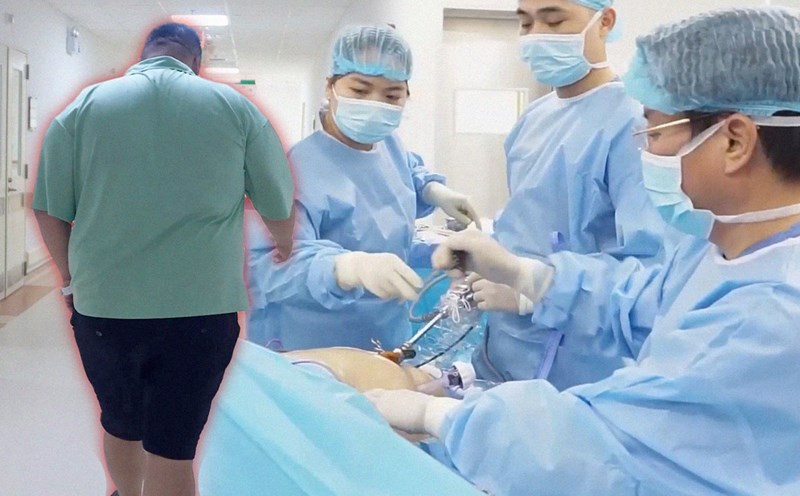Causes of pollution come from traffic
In the report assessing the policy impact of the draft Decision of the Prime Minister stipulating the roadmap for applying national technical regulations on automobile emissions participating in road traffic, the Ministry of Agriculture and Environment said that air pollution in Vietnam in general and some large cities in particular tends to increase, mainly focusing on dust pollution, especially fine dust PM2.5.
The air pollution situation nationwide has a legal nature in terms of time (the "season" of air pollution, the time of the day) and tends to increase in both space and time in large cities and urban areas such as Hanoi and Ho Chi Minh City, especially the Hanoi Capital in the last 3 months of 2024 and January 2025, there are many days in some times when the air quality index (AQI) has been recorded at a "very bad" level, affecting environmental quality and directly affecting public health.
One of the main causes of air pollution is transportation activities, including the operation of road motor vehicles in circulation. Research results by some environmental experts show that the contribution rate of dust pollution from transportation activities ranges from 20% to 60%.
Currently, Vietnam is one of the countries with the largest number of motor vehicles, especially in large cities with a large number and density of vehicles Proposed to the risk of congestion and accumulation, and the level of air pollution.
According to environmental studies, PM2.5 fine dust levels in large cities such as Hanoi and Ho Chi Minh City often exceed the WHO's recommendation threshold, of which traffic accounts for a large proportion.
Vehicles using internal combustion engines (especially used vehicles) have much higher emissions than new vehicles and there are no mandatory regulations on upgrading or eliminating them.
There is no mechanism to gradually eliminate old vehicles with high emissions in Hanoi and Ho Chi Minh City, leading to the situation where old vehicles continue to circulate, causing more serious pollution in this key area.
Used cars before 1999 do not meet standards, may be forced to repair or replace new
According to this Ministry, choosing solutions to regulate the roadmap for applying national technical regulations on car emissions participating in road traffic before 2026 will help limit the sudden impact on the automobile market, helping businesses and people have time to prepare.
Create conditions for inspection centers and upgraded technical infrastructure, ensuring the ability to check emissions according to new standards. The impact of air pollution is gradually decreasing, especially in big cities when gradually eliminating old vehicles with high emissions.
However, in the period from 2026 onwards, the Ministry also recognizes some potential negative impacts such as the cost of vehicle ownership may increase due to the price of newly manufactured vehicles according to higher emission standards.
This creates costs for people, especially low-income groups, who use used used vehicles that did not meet standards before 1999, and may be forced to repair or replace them with new ones.
Transportation businesses are forced to upgrade their fleets, creating financial pressure if there is no support mechanism. People may have difficulty buying and selling used cars as cars with low emission standards are gradually being eliminated from the market.
Risk of overloading the inspection system in the early stages if there is no reasonable plan or timely communication. Can cause social problems, causing social reactions if there is a lack of communication policies to raise awareness. Difficulties arise in management and control of compliance. It is necessary to amend and supplement current legal regulations to limit disruption in management policies.
Due to the long time of preparation and the implementation of automobile inspection has become more in session with existing inspection facilities, the negative impact has been significantly reduced.











